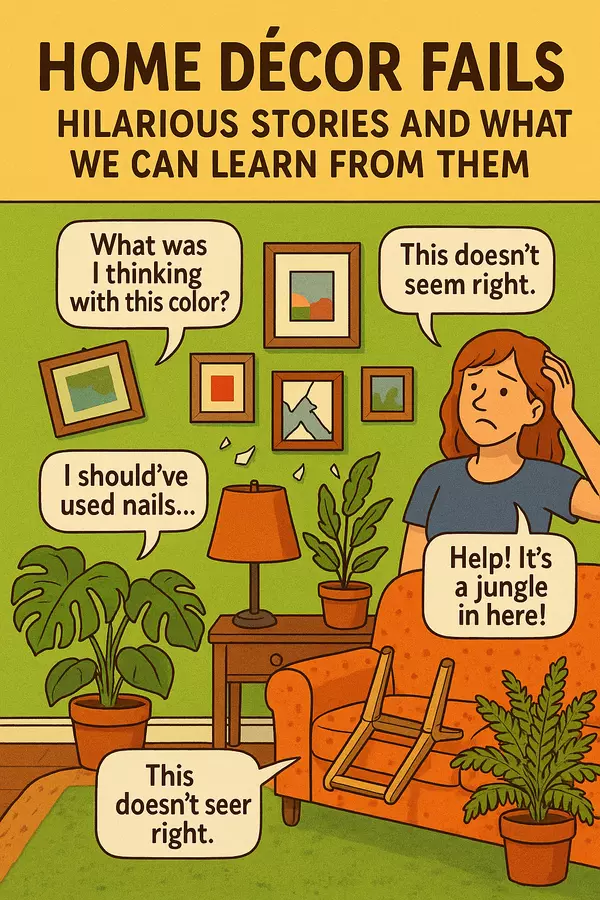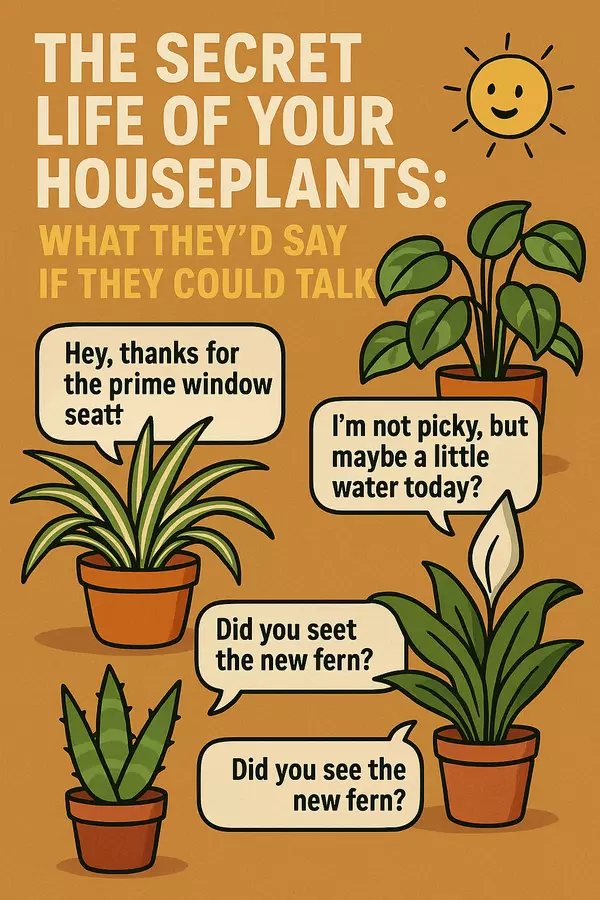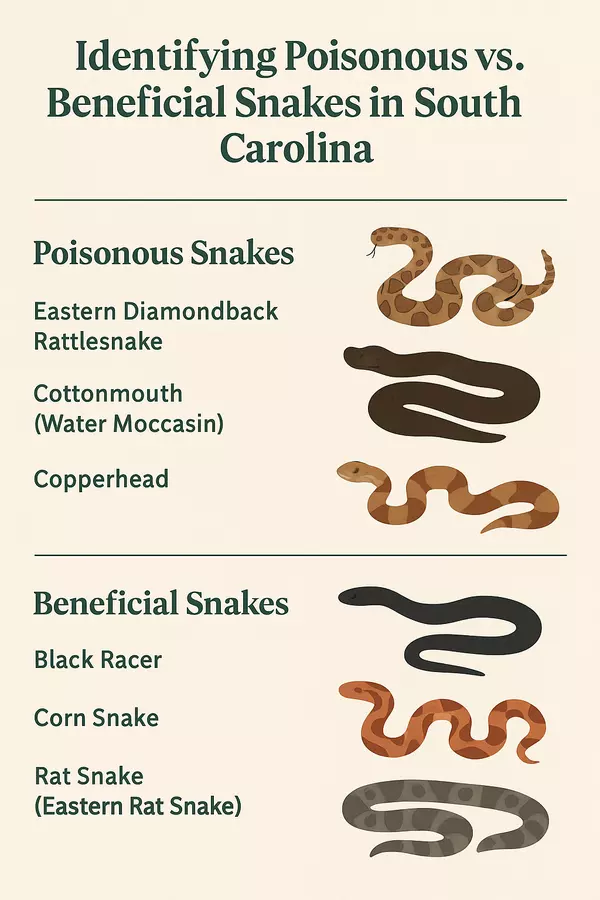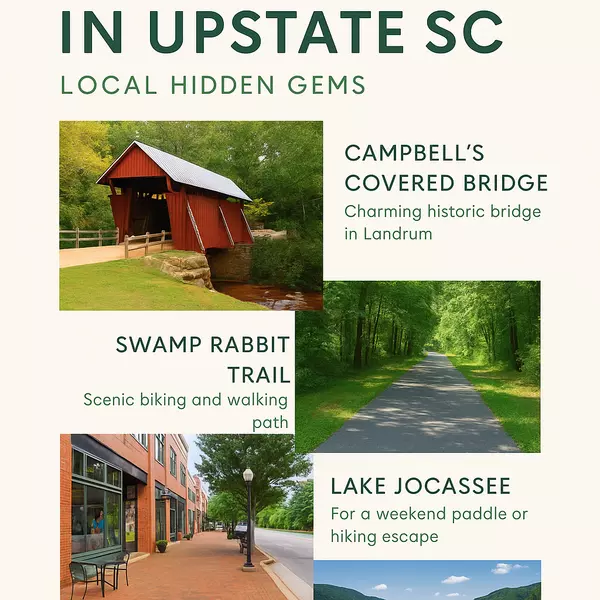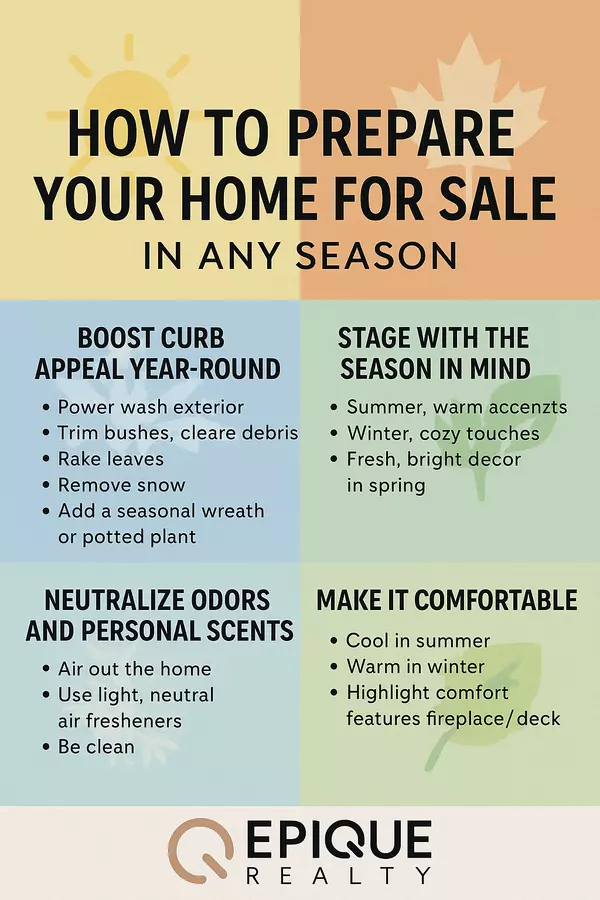Identifying Poisonous vs. Beneficial Snakes in South Carolina: A Homeowner’s Guide
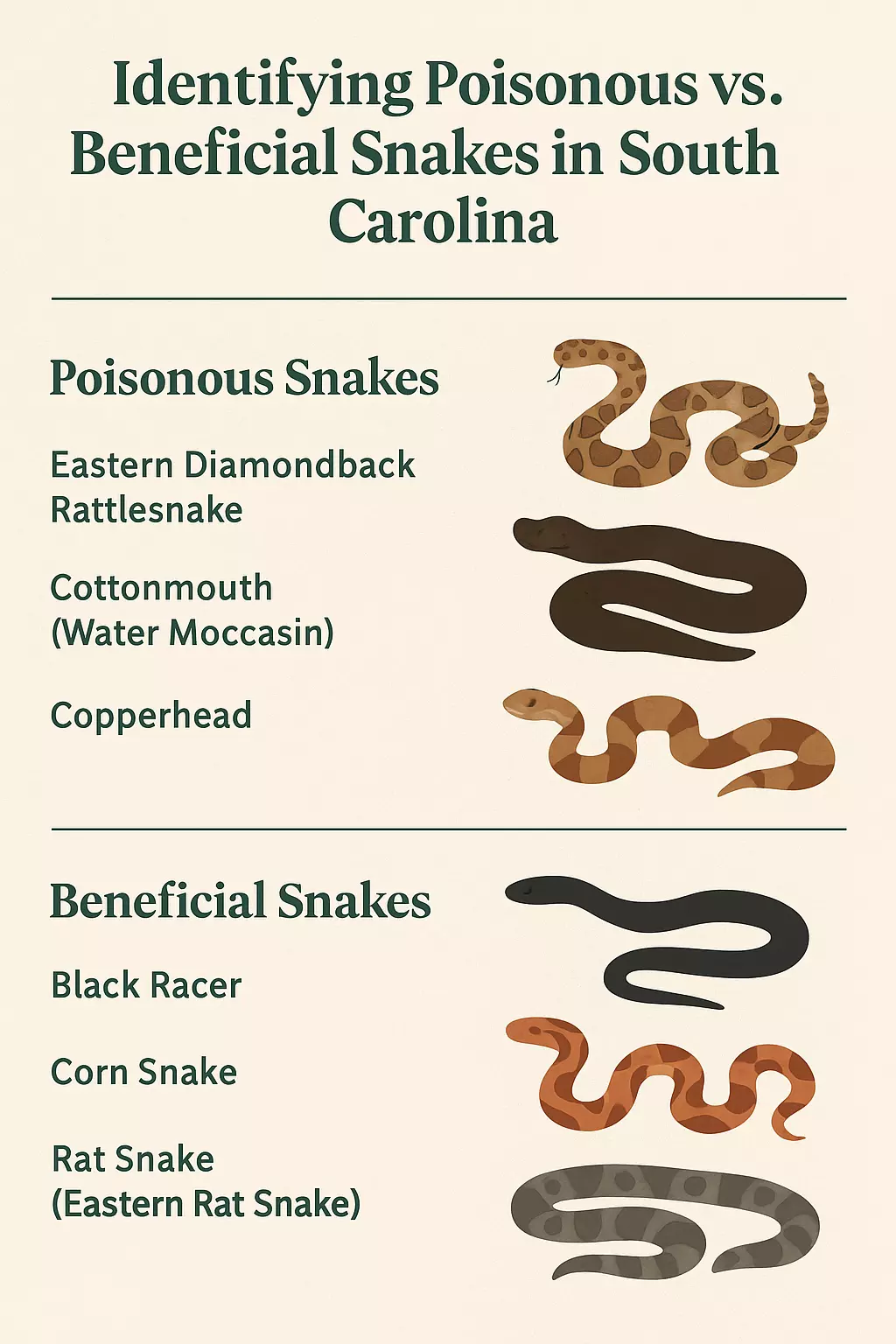
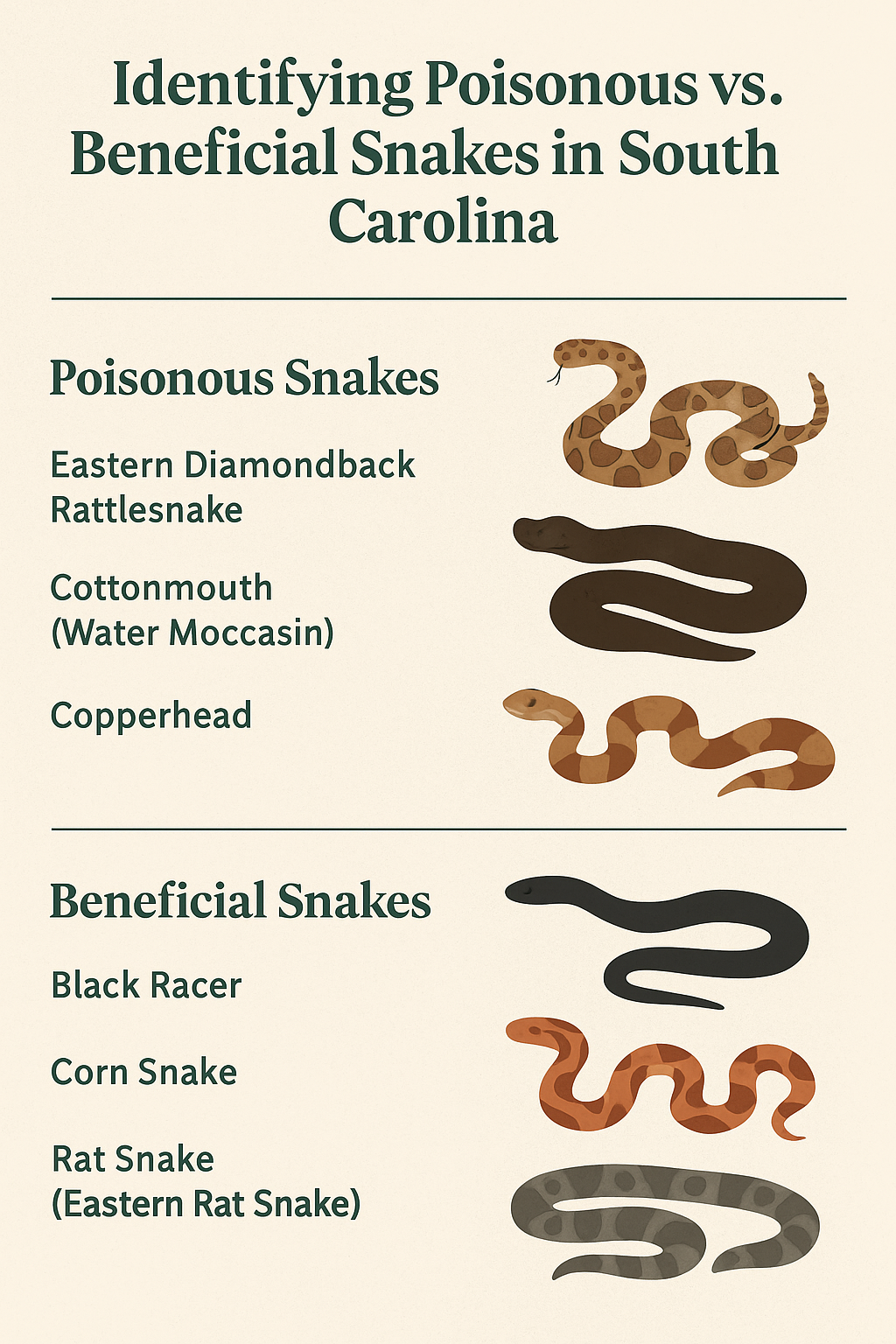
Identifying Poisonous vs. Beneficial Snakes in South Carolina: A Homeowner’s Guide
South Carolina is home to a diverse array of wildlife, including snakes. While these slithering creatures often evoke fear, many of them play a crucial role in maintaining the health of your ecosystem. Understanding which snakes are harmful and which ones are beneficial can help you feel more confident in your outdoor space, especially when you're enjoying the beautiful South Carolina countryside or backyard.
In this blog, we’ll walk you through how to identify poisonous snakes in South Carolina versus those that help keep your environment balanced. As a homeowner, knowing the difference between these creatures can help protect your property and family.
1. Poisonous Snakes in South Carolina
South Carolina is home to a few venomous snakes, and it’s important to know how to identify them for safety. Here are the key poisonous snakes you should be aware of:
Eastern Diamondback Rattlesnake
Identification: The Eastern Diamondback is the largest rattlesnake species in North America. It has a distinctive diamond-shaped pattern on its back, typically in dark brown or gray. It also has a characteristic rattle on its tail, which it uses as a warning when threatened.
Danger: The venom of the Eastern Diamondback can be deadly if not treated quickly. It injects hemotoxins that can cause severe tissue damage and even death.
Habitat: This snake prefers coastal plains, pine forests, and dry upland areas, often hiding under logs, rocks, or brush piles.
Cottonmouth (Water Moccasin)
Identification: Cottonmouths are thick-bodied snakes with a dark, olive-brown or black coloration. They get their name from the white color inside their mouths, which they display when threatened. The Cottonmouth has a wide, triangular head, and its body is heavy-set.
Danger: These semi-aquatic snakes are venomous and can deliver a painful bite. The venom can cause severe damage to the tissue and may be fatal if left untreated.
Habitat: Cottonmouths are often found near water, including swamps, marshes, and lakes. They are most active during warmer months.
Copperhead
Identification: Copperheads are smaller venomous snakes, typically light brown with darker hourglass-shaped patterns along their backs. Their heads are copper-colored, which gives them their name.
Danger: Copperhead venom is less potent than that of other venomous snakes, but it can still cause severe pain, swelling, and tissue damage. Bites are rarely fatal but require immediate medical attention.
Habitat: Copperheads prefer wooded areas, hilly terrains, and areas with abundant leaf litter where they can hide.
2. Beneficial Snakes in South Carolina
While the thought of snakes might make some homeowners uneasy, many species in South Carolina are non-venomous and incredibly beneficial to your property. These snakes help control pests like rodents and insects, which can otherwise cause damage to your home and garden. Here are some examples of harmless, yet helpful, snakes:
Black Racer
Identification: The Black Racer is a long, slender snake with a solid black or dark blue-black coloration. It has smooth, shiny scales and is often seen darting across yards or fields in search of food.
Benefit: Black Racers are excellent hunters and will often eat rodents, birds, and insects. They’re non-venomous and provide natural pest control for your property.
Habitat: These snakes are common in gardens, wooded areas, and fields.
Corn Snake
Identification: Corn snakes have a distinct reddish-orange coloration with black-bordered, light-colored spots down their backs. Their patterns resemble those of a rattlesnake but they lack the rattle.
Benefit: Corn snakes feed on small rodents and insects, making them great natural pest controllers. They are harmless and will avoid human interaction when given the chance.
Habitat: Corn snakes prefer forests, grasslands, and even agricultural fields where they can hunt.
Rat Snake (Eastern Rat Snake)
Identification: Rat snakes are large, long, and can be black, gray, or light-colored with dark patterns. They have a sleek body and are often mistaken for venomous species due to their size.
Benefit: As the name suggests, rat snakes are particularly adept at controlling rodent populations, including mice and rats. Their presence can reduce the number of pests around your home and garden.
Habitat: These snakes are commonly found in wooded areas, barns, and around homes looking for rodents to hunt.
3. How to Coexist with Snakes
While the venomous snakes in South Carolina should be approached with caution, most snakes you encounter in your yard are harmless and can be beneficial. Here are some tips for homeowners on how to handle snakes:
-
Learn to Identify Snakes: Familiarize yourself with the poisonous snakes of South Carolina and their distinguishing characteristics, so you can easily spot them if encountered.
-
Keep Your Yard Tidy: Snakes tend to thrive in areas with plenty of hiding spots, such as tall grass, piles of wood, or debris. Keep your yard neat to reduce the chances of snakes making your property their home.
-
Use Snake Repellents: Natural repellents, such as essential oils (e.g., cinnamon or clove), can be sprinkled around your property to discourage snakes from entering.
-
Don’t Kill Non-Venomous Snakes: Remember, non-venomous snakes are often beneficial and help with pest control. If you come across one, it's best to let it be or gently relocate it.
4. When to Seek Help
If you come across a venomous snake or one that you're unsure of, it's important to stay calm and keep a safe distance. Call a local wildlife control expert or animal rescue organization to handle the situation. Avoid trying to capture or kill the snake yourself, as this can be dangerous.
Conclusion
South Carolina’s rich wildlife includes a variety of snake species, some of which are venomous and require caution, while others are harmless and offer invaluable pest control services. Understanding the difference between poisonous and beneficial snakes is essential for homeowners who wish to enjoy their outdoor spaces safely. By learning to identify these creatures, you can coexist with nature, keeping your property safe and thriving.
So next time you see a snake, take a moment to assess whether it’s a dangerous one or a beneficial friend in the garden!
Recent Posts
